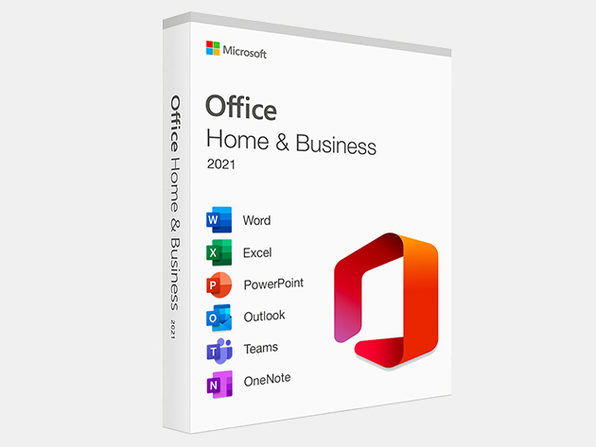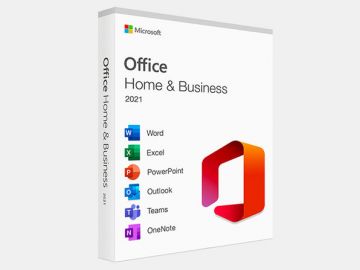Another Era Comes to an End as the iPhone 8 Hits the ‘Vintage’ List
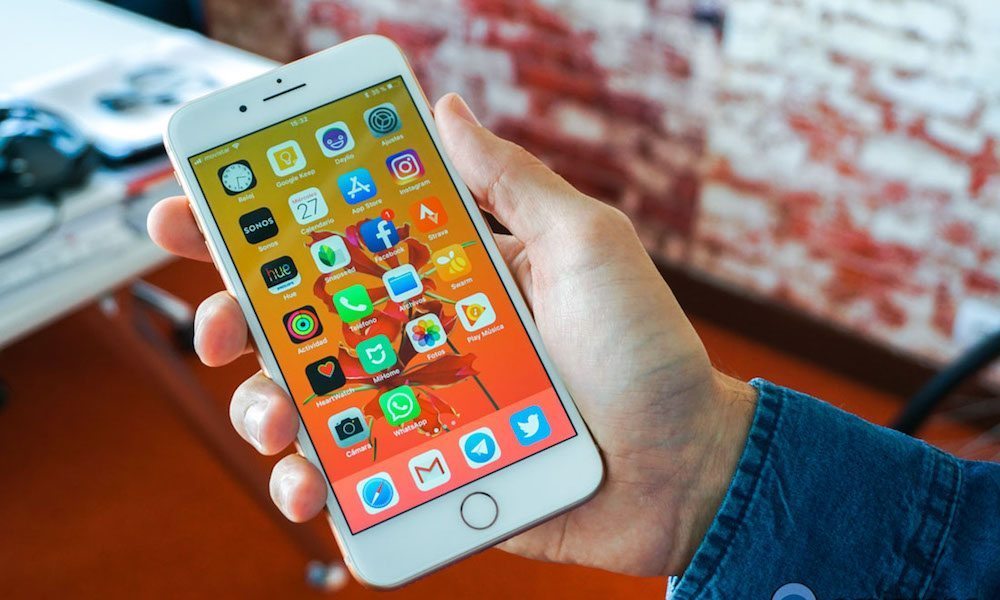
Toggle Dark Mode
This week, Apple added two more iPhone models to its list of vintage products, including the last traditional flagship model, the iPhone 8.
Apple considers a product “vintage” when it hasn’t been distributed for sale for more than five years. At that point, it only provides service on a “best effort” basis, subject to the availability of parts. After a product has been off the market for seven years, it is moved to “obsolete” status, after which Apple support and Apple Authorized Service Providers will no longer provide any service. These timelines vary in some countries, such as France, to comply with local laws that require longer support windows.
With so many iPhone models released in different sizes, colors, and capacities over the past several years, this can create some odd scenarios where not all models of a given iPhone generation hit these lists at the same time. Apple’s track record for iOS updates can also lead to situations like we saw with the iPhone XS Max, which was declared vintage in November despite still being able to run iOS 18. The jury is out on whether that model will get iOS 19, especially since the iPhone XS has yet to reach the vintage threshold.
Along the same lines, the iPhone 8 has lasted longer than the iPhone X, which was released the same year. That’s because the iPhone X was discontinued in September 2018, when it was replaced by the iPhone XS. The iPhone 8 was sold directly by Apple until April 2020, when the iPhone SE came along as essentially an upgraded version.
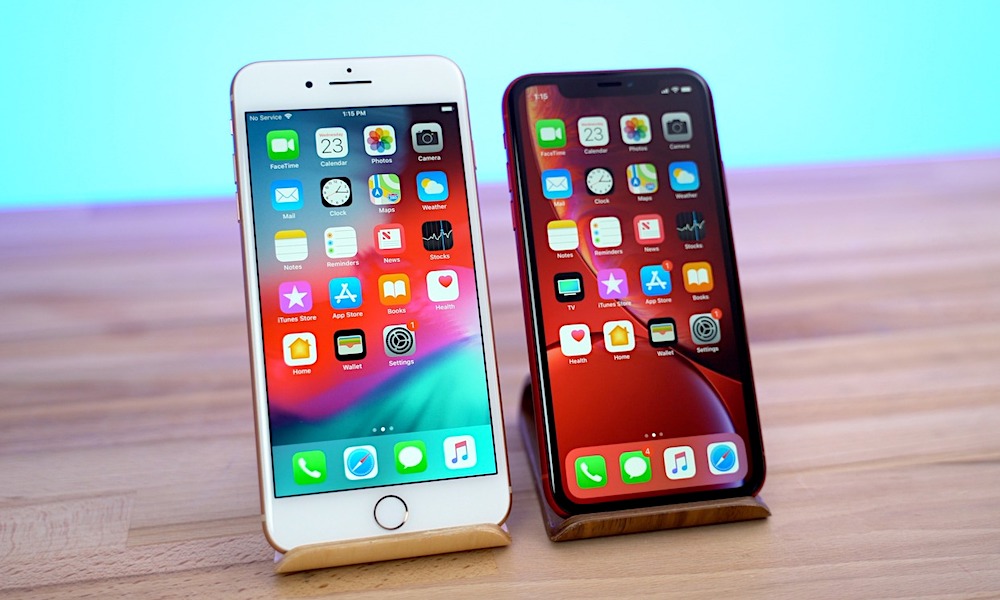
This foreshadowed what’s become an annual tradition for Apple’s iPhone Pro models, which the iPhone X and iPhone XS effectively were. The iPhone 8 and iPhone XR remained on the market for two to three years after their successors as more affordable options, much like you could still purchase an iPhone 14 until a few months ago when the iPhone 16e shook things up.
However, Apple’s vintage rules don’t just apply to sales directly by Apple. If an iPhone model continues to be distributed by Apple for sale through stores or carriers in any country, that counts against the five-year limit. That’s why, even though Apple stopped selling the entire iPhone 8 and iPhone 8 Plus lineup on April 15, 2020, only some models are now listed as vintage.
It’s something of an odd assortment. Only the (PRODUCT)RED iPhone 8 Plus is considered vintage, as it was a special edition model sold exclusively by Apple. Similarly, the 128 GB iPhone 8 isn’t vintage yet as it was still being distributed by Apple for sale somewhere in the world after April 2020. It’s also notable that the 128 GB iPhone 8 wasn’t part of the original launch; Apple didn’t begin offering the upgraded capacity until September 2019, alongside the introduction of the iPhone 11 lineup.
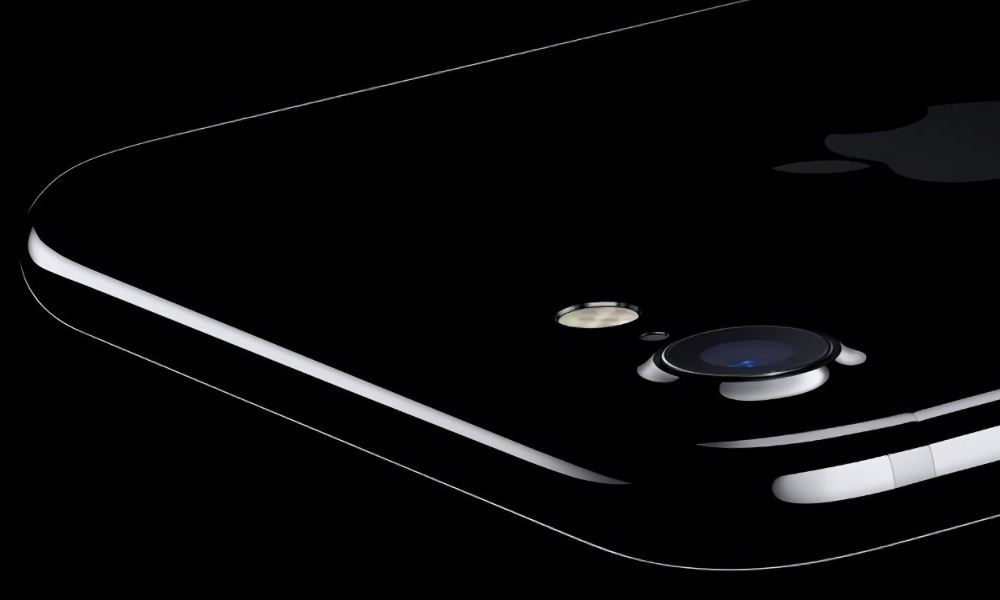
Apple also added the 2016 iPhone 7 Plus to the vintage list this week, while the iPhone 7 has yet to join it in any capacity, as it was likely sold more recently in some emerging markets.
You can see a similarly fascinating trend when comparing the vintage and obsolete lists. The entire iPhone 6 and iPhone 6 Plus families are now considered obsolete, meaning they haven’t been sold new for more than seven years. However, the iPhone 5 from 2012 and even the 8 GB version of the 2011 iPhone 4s are still considered merely vintage, suggesting that Apple was still distributing those models for sale as recently after 2018.

